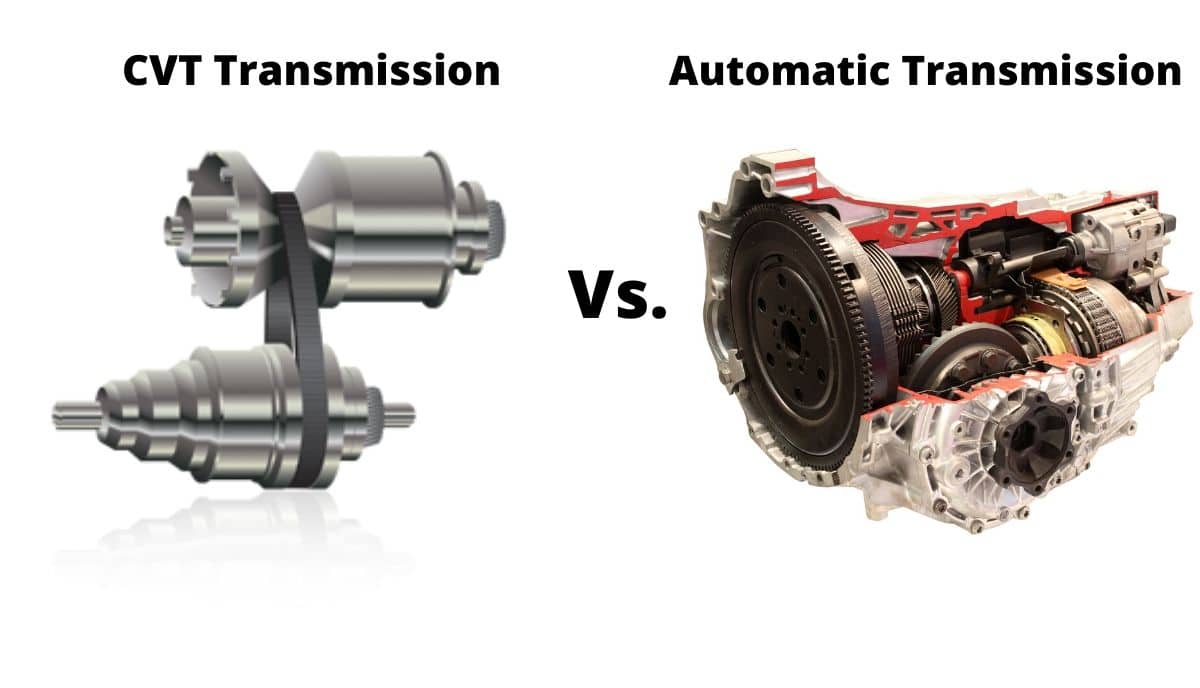The question of whether or not to purchase a vehicle equipped with a CVT, or Continuously Variable Transmission, is one that many prospective car buyers grapple with. Deciding on the right transmission for your needs involves weighing a variety of factors, from fuel efficiency and performance characteristics to long-term reliability and personal driving preferences. CVT transmissions offer a unique driving experience compared to traditional automatic or manual transmissions, promising smooth acceleration and optimized engine efficiency. Understanding these differences is crucial before making such a significant investment, and ultimately, the choice hinges on individual priorities and driving style when considering a car with **CVT transmission**.
Understanding CVT Transmissions
CVT transmissions operate fundamentally differently from traditional automatic transmissions. Instead of using a set of fixed gears, a CVT utilizes a belt or chain running between two variable-diameter pulleys. This allows the transmission to continuously adjust the gear ratio, providing a seamless and virtually infinite number of gear ratios within its range. This design offers several potential advantages, but also presents some potential drawbacks.
Advantages of CVT Transmissions
- Improved Fuel Efficiency: CVTs can keep the engine operating at its most efficient RPM range for a given speed, leading to significant fuel savings.
- Smooth Acceleration: The lack of gear changes results in remarkably smooth and linear acceleration, often perceived as less jerky than traditional automatics.
- Lighter Weight: CVTs are generally lighter than traditional automatics, contributing to overall vehicle weight reduction and improved handling.
Disadvantages of CVT Transmissions
- “Rubber Band” Feel: The continuous gear ratio adjustment can sometimes create a feeling of disconnectedness between the engine and the wheels, often described as a “rubber band” effect.
- Noise: Some CVTs can produce a noticeable drone or whine, especially during acceleration.
- Potential Reliability Concerns: Early CVTs had a reputation for lower reliability compared to traditional automatics, although advancements in technology have addressed many of these issues. However, long-term reliability is still a concern for some buyers.
Comparing CVT to Traditional Automatic Transmissions
To help you visualize the key differences, here’s a comparison table:
| Feature | CVT Transmission | Traditional Automatic Transmission |
|---|---|---|
| Gear Ratios | Continuously Variable | Fixed (e.g., 6-speed, 8-speed) |
| Acceleration | Smooth, Linear | Stepped, with gear changes |
| Fuel Efficiency | Generally Better | Generally Lower |
| Driving Feel | Can feel disconnected (“Rubber Band” effect) | More direct and responsive |
| Noise | Potential for Drone/Whine | More conventional engine noise |
Making the Right Decision
Ultimately, the decision of whether or not to buy a car with a CVT transmission depends on your individual needs and priorities. If fuel economy is paramount and you prioritize smooth acceleration over a sporty driving feel, a CVT might be an excellent choice. However, if you value a more engaging and responsive driving experience, or have concerns about long-term reliability, a traditional automatic or manual transmission might be a better fit. Consider test driving vehicles with both types of transmissions to experience the differences firsthand. The key is to carefully evaluate your needs and preferences, and research the specific CVT model in the vehicle you are considering. Before deciding, think about your daily commute, driving style, and budget. Also, research the long-term maintenance requirements of the specific CVT model in question.
Therefore, when asking yourself, “Should I buy a car with **CVT transmission**?”, carefully consider the factors outlined above and weigh them against your personal driving preferences. Thorough research and a test drive are essential to making an informed decision. Consider the pros and cons and make the choice that best suits your individual needs and driving habits. Ultimately, the best **CVT transmission** equipped car is the one that fulfills your driving requirements and expectations.

